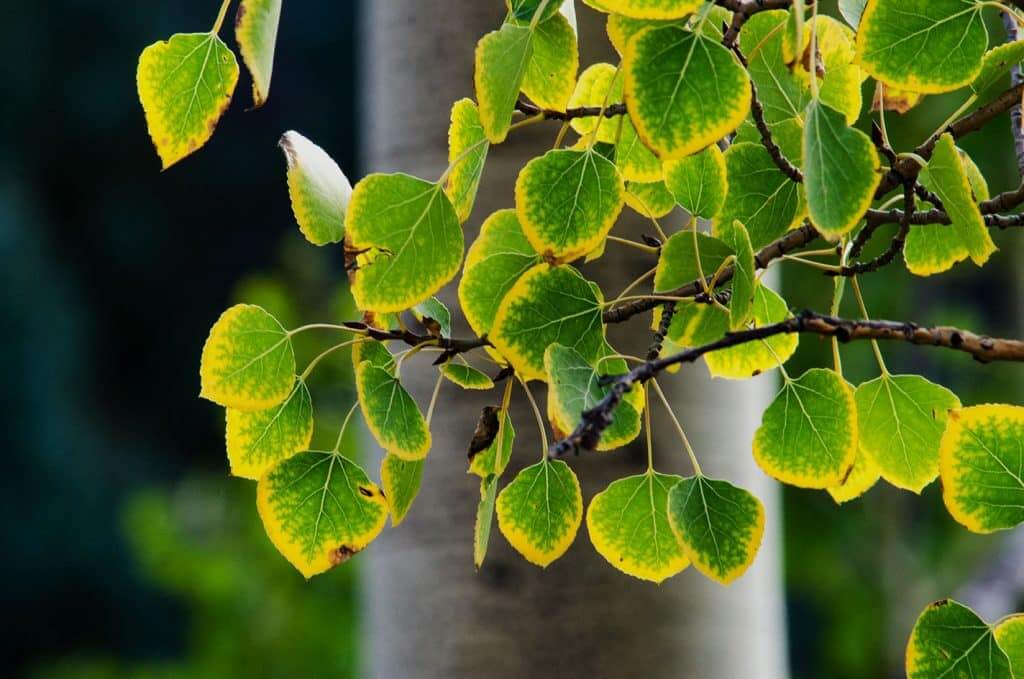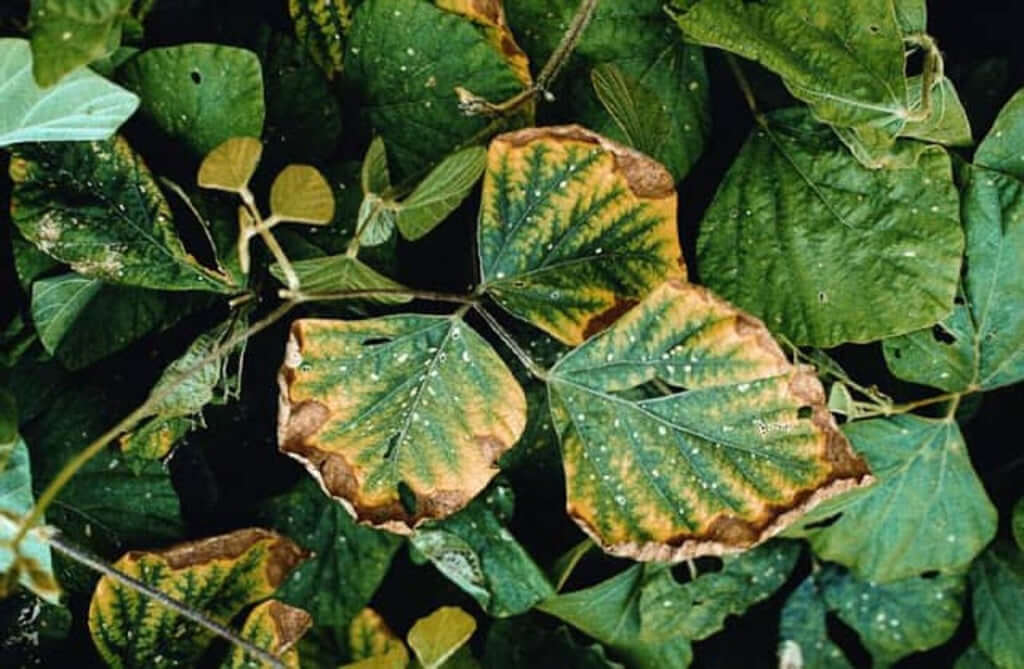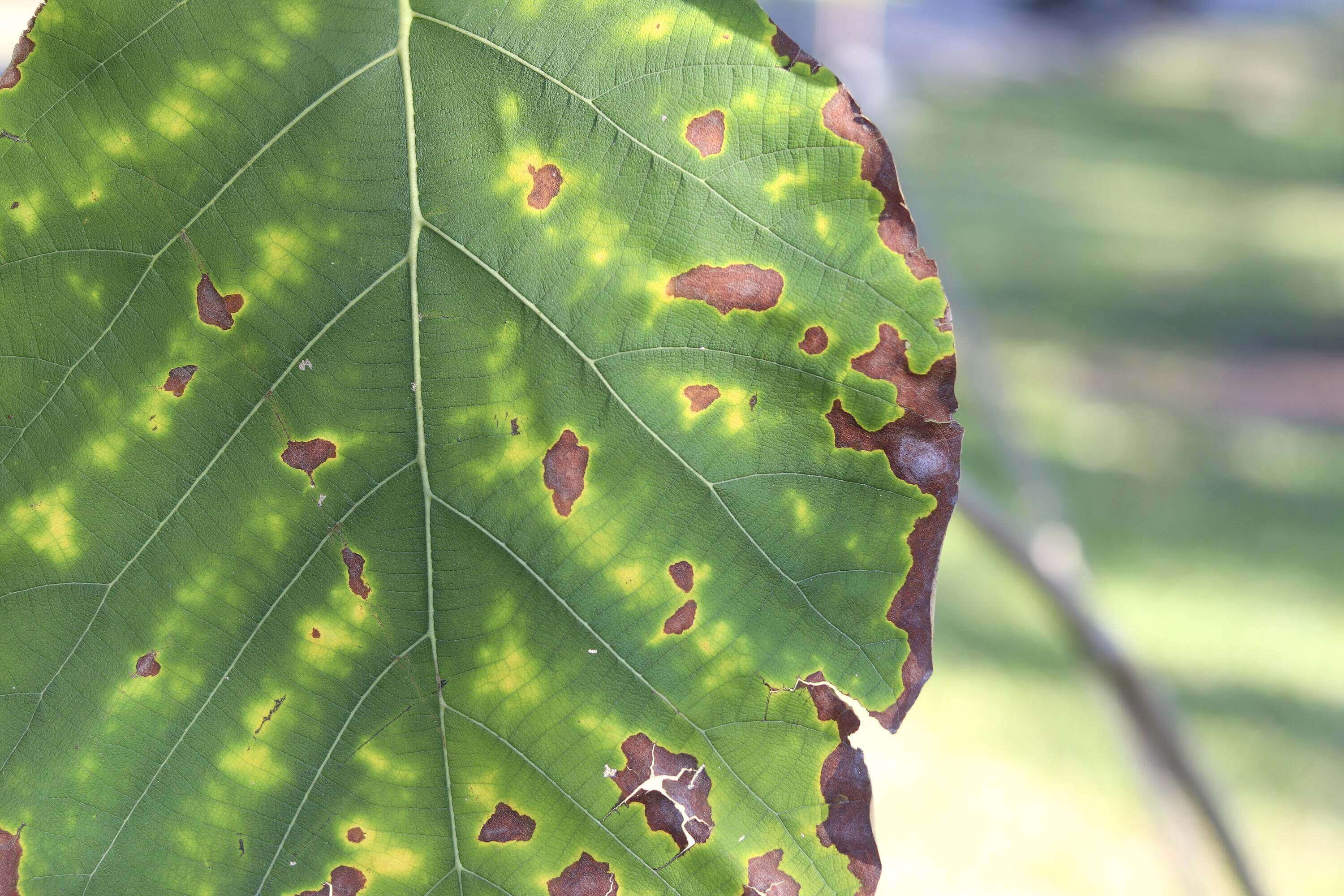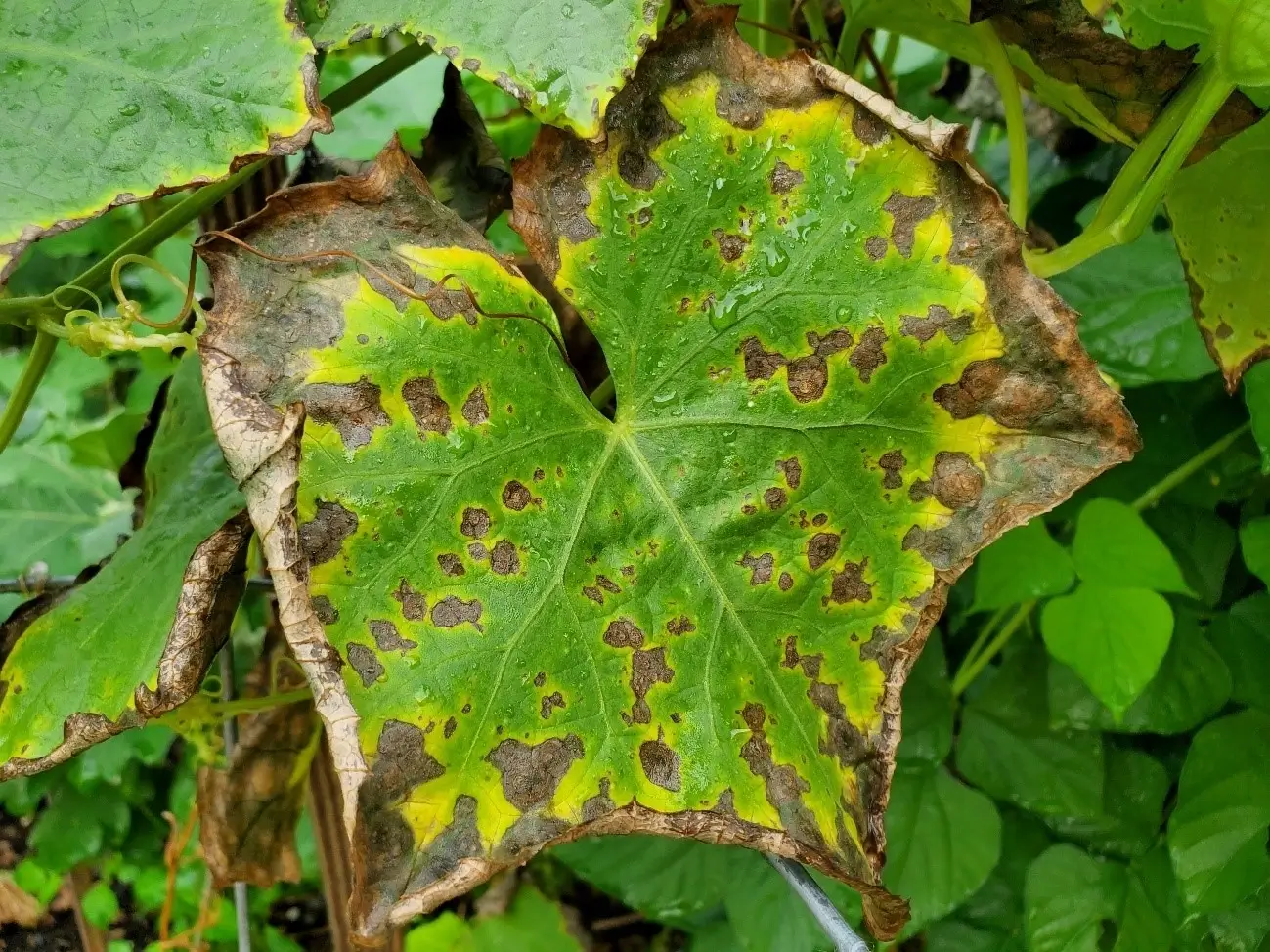
Deficiencia de Potasio
Potassium Deficiency
-
Pathogen:
Nutritional disorder
Type:
Risk to the plant:
ALTO



DESCRIPTION
WHO CAUSES IT?
Potassium is an essential macronutrient that regulates water balance, stomatal opening and closure, enzyme activation, and plant resistance to drought, frost, and disease. Potassium deficiency occurs primarily in sandy soils, highly leached soils, or soils with excess calcium, magnesium, or sodium, which compete for absorption. Potassium deficiency can also occur in crops with high nutrient extraction (tomatoes, potatoes, corn, fruit trees) if not replenished with adequate fertilization.
SYMPTOMS
Unlike iron, potassium is mobile in the plant, so symptoms first appear on older leaves. The most characteristic appearance is marginal scorching (marginal necrosis), which progresses inward.
Typical symptoms:
• Yellowing (chlorosis) on the edges of lower leaves.
• Marginal necrosis, a "burnt" appearance.
• Leaves curled downward or with dark spots.
• Weak stems and thin buds.
• Small, deformed, or poorly colored fruits.
• Decreased resistance to drought and disease.
Potassium deficiency develops progressively and directly affects crop yield and quality, even if the plant survives.
Developmental stages:
• Initial: marginal chlorosis on older leaves.
• Intermediate stage: necrosis on edges and tips, progressing inward.
• Advanced: Leaves with dry, brittle edges, premature drop.
• Final: Thin stems, sparse flowering, poorly developed fruit, and increased sensitivity to stress.




TEMPERATURE AND HUMIDITY
-
-

HOW IS IT SPREAD?
-

HOW TO REMOVE IT?
Home remedies
There are no home treatments
Chemical treatments
• SOLUBLE POTASSIUM FERTILIZERS: Potassium sulfate, potassium chloride; rapid absorption through soil or fertigation.
• CONTROLLED-RELEASE / ENCAPSULATED FERTILIZERS: Gradual release, ideal for long-cycle crops.
• ORGANIC FERTILIZERS + POTASSIUM: Compost, humus, plant ash; improve fertility and organic matter.
• FERTILIZERS WITH AMINO ACIDS + POTASSIUM: Rapid absorption through foliar application or fertigation, with added micronutrients.
Treatments allowed in organic farming
• SOLUBLE POTASSIUM FERTILIZERS: Potassium sulfate, potassium chloride; rapid absorption through soil or fertigation.
• CONTROLLED-RELEASE / ENCAPSULATED FERTILIZERS: Gradual release, ideal for long-cycle crops.
• ORGANIC FERTILIZERS + POTASSIUM: Compost, humus, plant ash; improve fertility and organic matter.
• FERTILIZERS WITH AMINO ACIDS + POTASSIUM: Rapid absorption through foliar application or fertigation, with added micronutrients.
Insect allies
PREDATORY MITES
LADYBUGS
LACEWINGS
PARASITIC WASPS
HOVERFLIES OR PARASITIC FLIES
PREDATORY BUGS
There are no natural allies
Mycodiplosis oidii (predatory mosquito)
EFFECTIVE PRODUCTS TO ELIMINATE THIS DISEASE
Sponsored link
Sponsored link
Sponsored link
Sponsored link
Sponsored link
Sponsored link
Sponsored link
Sponsored link
Sponsored link
Effective against all types of fungi
Sponsored link
Sponsored link
Sponsored link
Sponsored link
Sponsored link
Sponsored link
Sponsored link
To ensure an adequate supply of potassium and maintain plant resistance to stress and disease, it is essential to implement practices that optimize its uptake and availability in the soil, combining fertilization, soil management, and crop rotation.
• Apply potassium fertilizers according to the type of crop.
• Incorporate wood ash or potassium-rich compost.
• Maintain adequate irrigation to promote uptake.
• Avoid excess calcium, magnesium, or sodium that blocks its availability.
• Rotate crops and use plants that do not deplete the soil of potassium.
• Control weeds that compete for nutrients.
• Maintain soil organic matter at adequate levels.
























